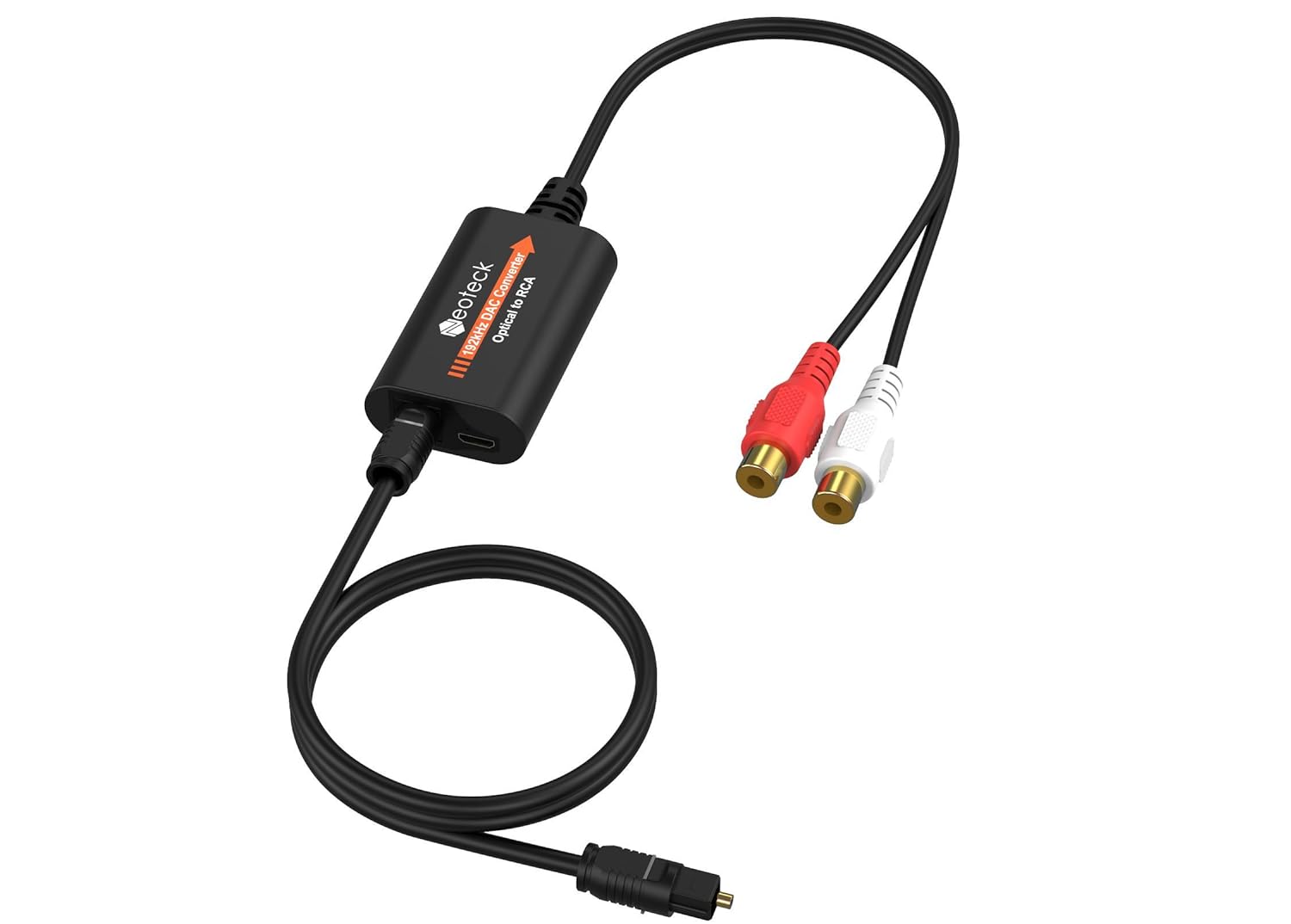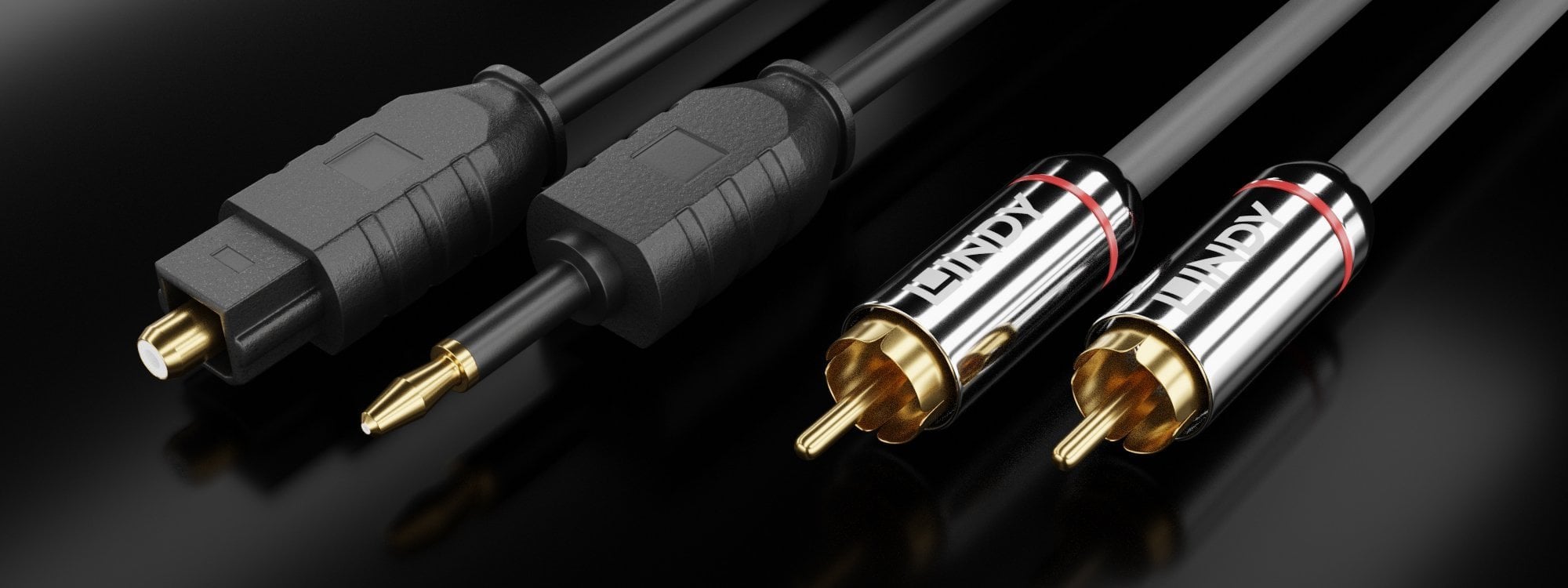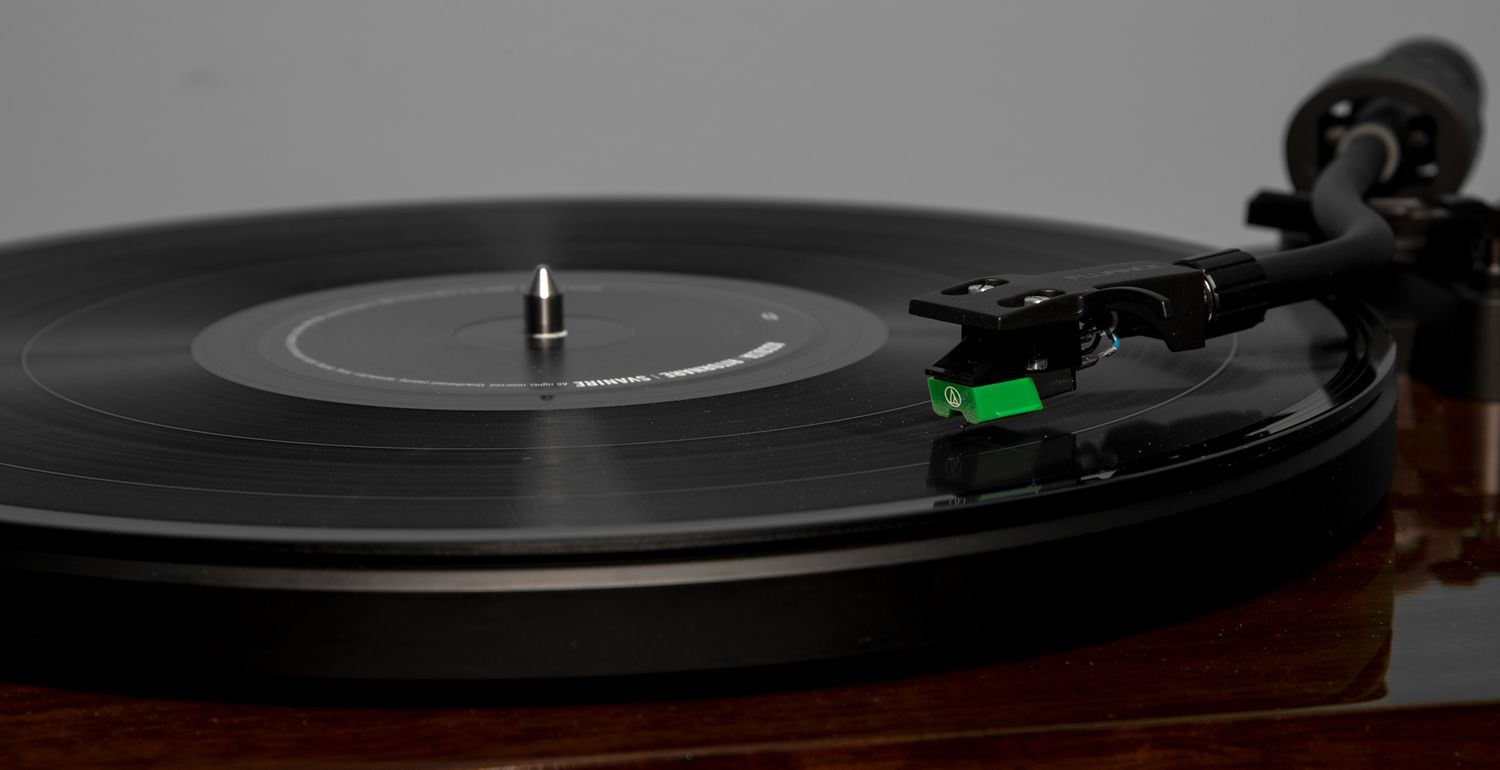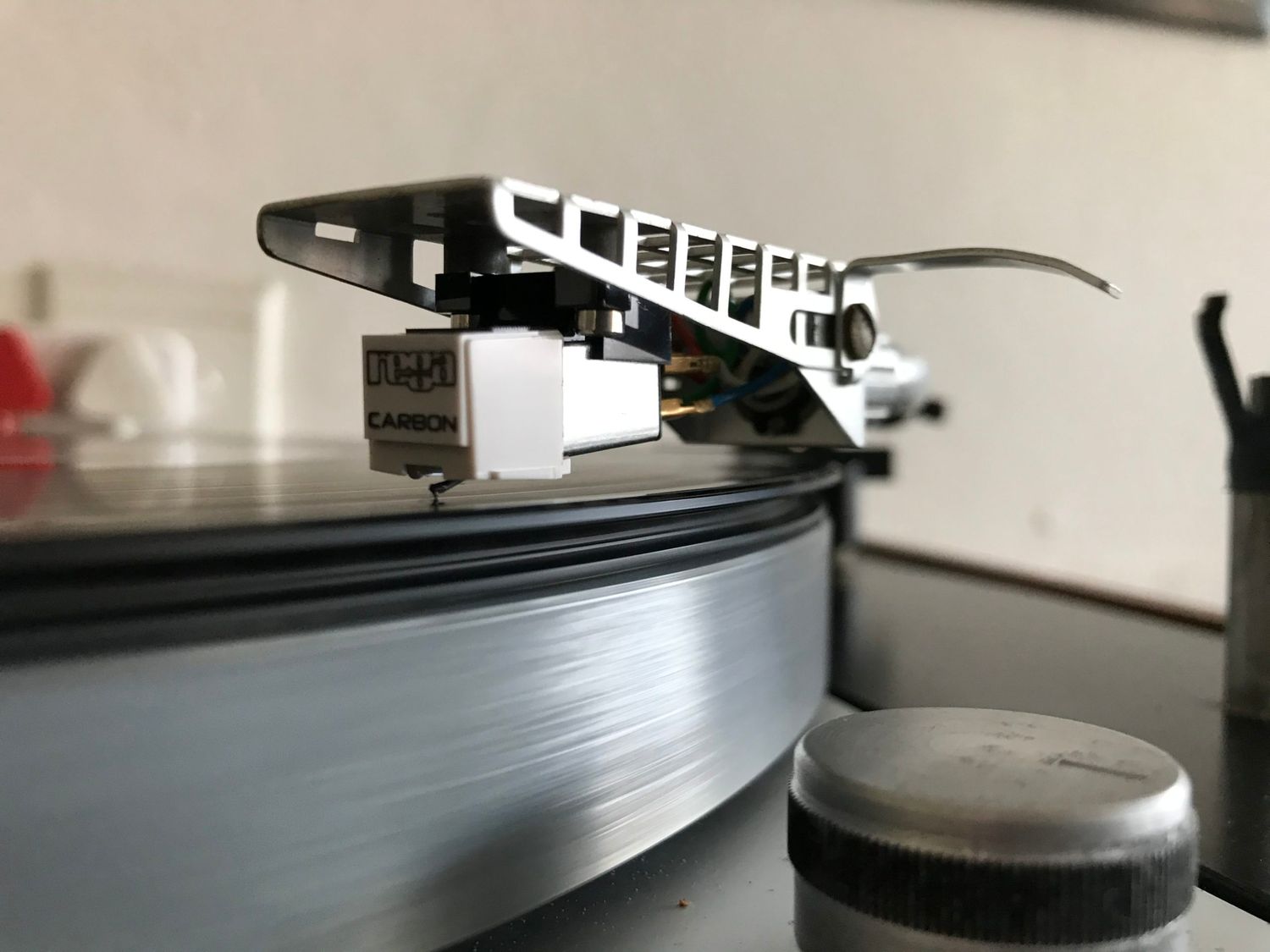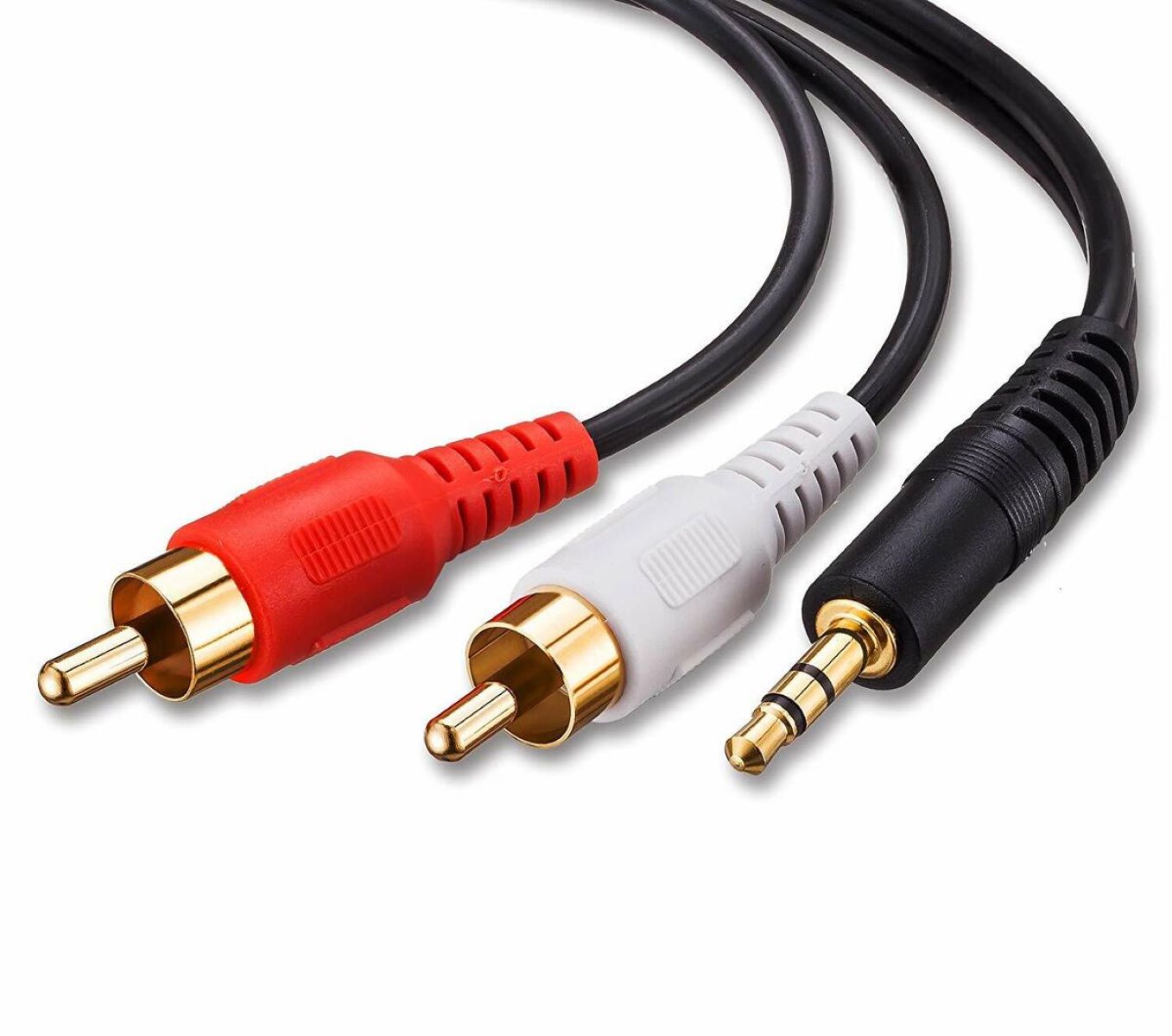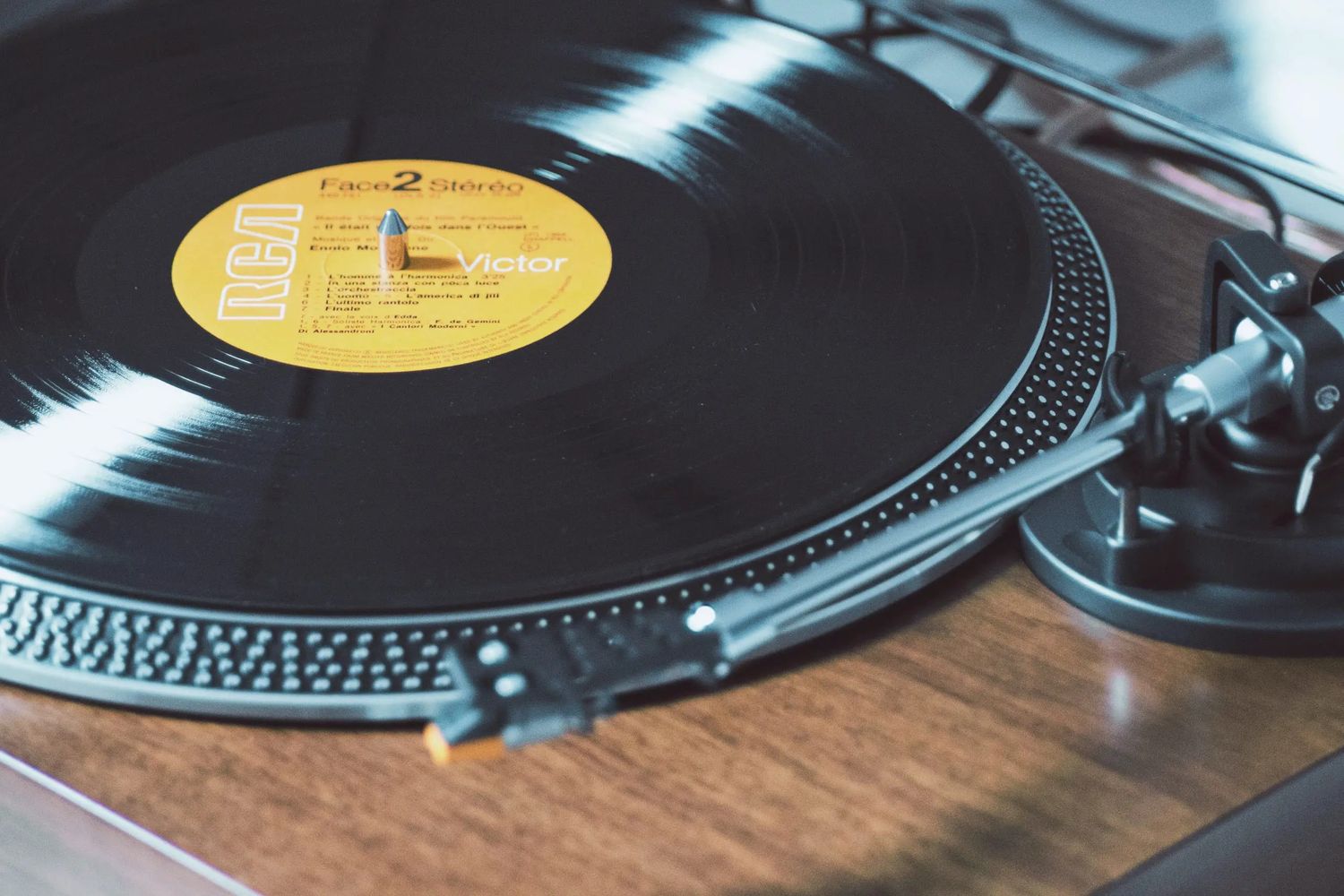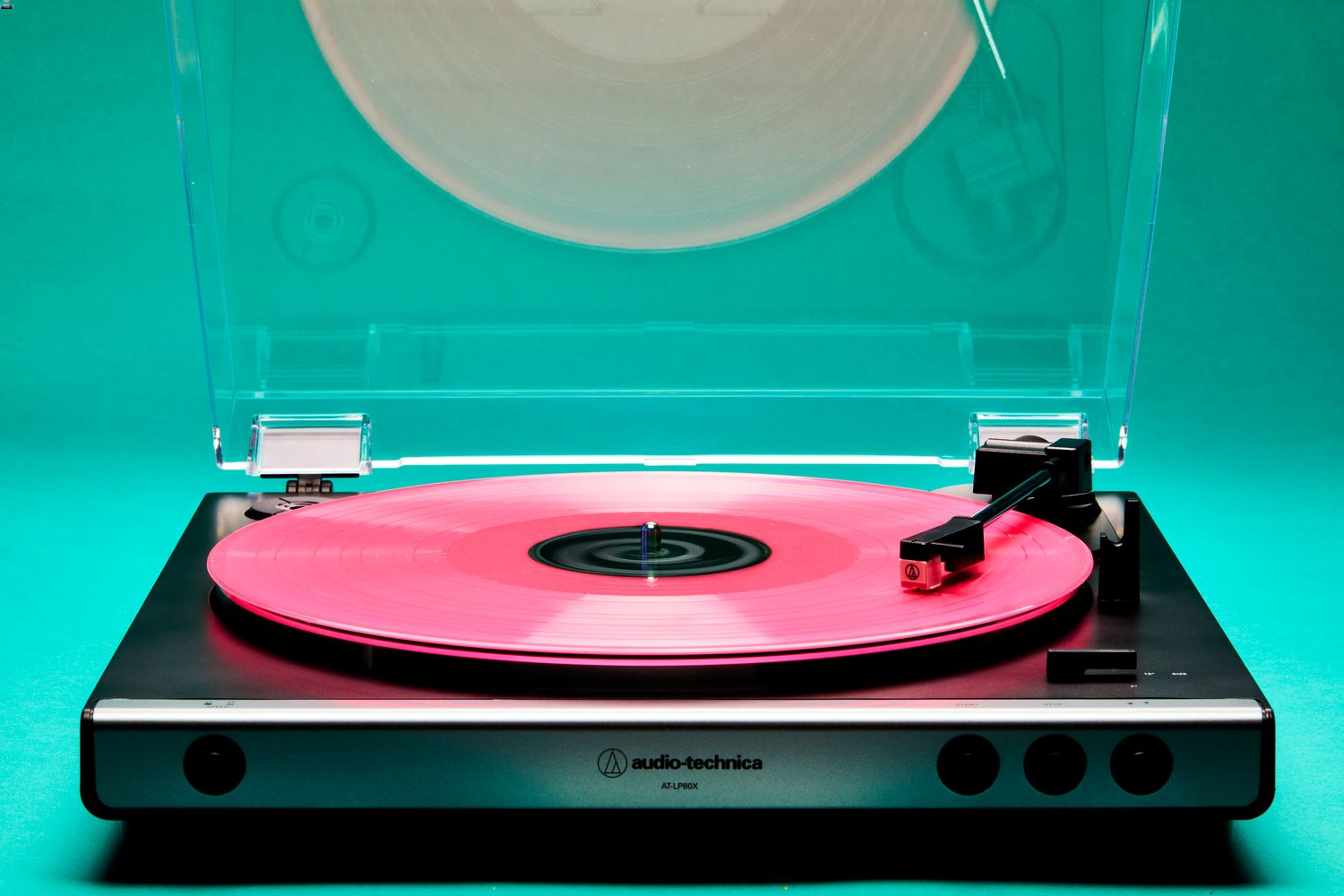Home>Devices & Equipment>Turntable>How Long Can My Turntable RCA Cables Be


Turntable
How Long Can My Turntable RCA Cables Be
Modified: January 22, 2024
Discover the ideal length for your turntable RCA cables and ensure optimal audio quality. Learn how long your cables can be without signal loss or interference.
(Many of the links in this article redirect to a specific reviewed product. Your purchase of these products through affiliate links helps to generate commission for AudioLover.com, at no extra cost. Learn more)
Table of Contents
Introduction
Welcome to the world of vinyl! Turntables have experienced a resurgence in popularity in recent years, with music lovers rediscovering the warm and authentic sound that comes from playing records. As you dive into the world of turntables and set up your own system, one important factor to consider is the length of your RCA cables.
RCA cables are the most common type of audio cable used to connect your turntable to your amplifier or receiver. They are responsible for transmitting the audio signal from the stylus to the speakers, making them a crucial component in your setup. The length of your RCA cables can have a significant impact on the overall performance and sound quality of your system.
In this article, we will explore the factors that affect the ideal length for turntable RCA cables and discuss the potential issues that can arise with long cable lengths. Whether you are a vinyl enthusiast or a beginner in the world of turntables, understanding the importance of cable length will help you optimize the performance of your setup.
Understanding RCA Cables
Before diving into the specifics of cable length, let’s take a moment to understand what RCA cables are and how they work. RCA cables, also known as phono cables or cinch cables, are a type of analog audio cable commonly used in audio and video systems.
RCA cables consist of two separate cables, each with a connector at one end. The connectors are typically color-coded, with one cable having a white or black connector (for the left audio channel) and the other cable having a red connector (for the right audio channel). The cables carry the analog audio signal, allowing it to be transmitted between devices.
The construction of RCA cables is vital in maintaining the integrity of the audio signal. The conductors inside the cables are typically made of high-quality copper, which is an excellent conductor and minimizes signal loss. The cables are shielded to protect against interference and ensure optimal signal transfer.
One important thing to note is that RCA cables are typically unbalanced cables. This means that the audio signal is carried by only one conductor, while the other serves as a ground connection. It’s essential to have proper shielding and grounding in place to prevent noise and interference from contaminating the audio signal.
Now that we have a basic understanding of RCA cables, let’s explore why the length of these cables is of significance for your turntable setup.
Importance of Cable Length
The length of your RCA cables may not be something you initially pay much attention to when setting up your turntable. However, it plays a crucial role in ensuring optimal audio performance. Here are a few reasons why cable length is important:
- Signal Loss: The longer the cable, the more resistance it has, which can result in signal loss and degradation. This can lead to a decrease in audio quality, with a loss of detail, dynamics, and overall clarity in the sound.
- Noise and Interference: Longer cables have a higher chance of picking up electromagnetic interference and radio frequency interference, especially if they are not properly shielded. This interference can lead to buzzing, humming, or static in the audio signal.
- Phase Issues: In longer cable runs, there is a chance of encountering phase issues. Phase refers to the timing relationship between different audio frequencies. If the phase is not correct, it can result in a loss of stereo imaging and soundstage, making the audio sound unnatural or distorted.
- Convenience and Flexibility: Aside from the technical aspects, the length of your RCA cables also affects the convenience and flexibility of your setup. Long cables may tangle or create a messy and cluttered environment, while shorter cables can restrict the placement of your turntable relative to your amplifier or receiver.
Considering these factors, it becomes clear why the length of your RCA cables should not be overlooked. Finding the right length for your setup is essential to maintain optimum audio quality, minimize interference, and ensure a neat and convenient setup.
Factors Affecting Cable Length
Several factors come into play when determining the ideal length for your turntable RCA cables. Understanding these factors will help you make informed decisions and optimize your audio setup. Here are some key factors to consider:
- Signal Strength: The strength of the audio signal coming from your turntable can affect the cable length. If the signal is weak, using excessively long cables may result in further signal degradation and a decrease in audio quality. It is crucial to determine the output level of your turntable and choose an appropriate cable length accordingly.
- Quality of Cable and Connectors: The quality of your RCA cables and connectors is vital in maintaining signal integrity. High-quality cables with proper shielding and durable connectors can better preserve the audio signal over longer distances. Investing in well-made cables and connectors will minimize the negative effects of longer cable lengths.
- Electromagnetic Interference (EMI): EMI can have a significant impact on audio signal quality. Factors such as the proximity of power cables, electronic devices, and strong electromagnetic fields can introduce interference into the cables, leading to degradation of the audio signal. Longer cable lengths increase the likelihood of encountering EMI, so proper cable management and consideration of the environment are essential.
- Layout and Placement: The layout and placement of your turntable and audio equipment also play a role in determining cable length. Consider the distance between your turntable and amplifier/receiver, as well as any obstacles or restrictions that may affect cable routing. Planning the arrangement of your setup in advance will help you determine the appropriate cable length.
By taking these factors into account, you can make informed decisions about the optimal length for your turntable RCA cables. It is crucial to strike a balance between cable length, signal strength, cable quality, and the layout of your audio setup to achieve the best possible audio performance.
Ideal Length for Turntable RCA Cables
When it comes to the ideal length for turntable RCA cables, there is no one-size-fits-all answer. The optimal length can vary depending on the specific setup and factors discussed earlier. However, there are some general guidelines you can follow.
As a rule of thumb, it is advisable to keep your RCA cable lengths as short as possible while still allowing flexibility and convenience in your setup. This helps minimize signal loss and interference. A good starting point is to aim for cable lengths between 0.5 meters (1.5 feet) and 1 meter (3 feet).
Shorter cable lengths reduce the chances of signal degradation and interference, ensuring a cleaner and more accurate audio signal. They also help maintain better phase coherence and stereo imaging.
However, it’s important to consider the layout and placement of your turntable and audio equipment. Measure the distance between your turntable and amplifier or receiver, accounting for any obstacles or cable routing constraints. This measurement will give you a good indication of the appropriate cable length for your specific setup.
Furthermore, investing in high-quality RCA cables with proper shielding and sturdy connectors is crucial for maintaining signal integrity, especially when using longer cable lengths. Be sure to choose cables that are designed specifically for audio applications, as they are optimized for superior performance and durability.
Ultimately, the ideal length for your turntable RCA cables is a balance between signal quality, convenience, and aesthetics. By considering all these factors, you can make an informed decision that suits your specific needs and ensures the best audio experience.
Maximum Recommended Cable Length
While shorter cable lengths are generally recommended to minimize signal loss and interference, there may be instances where you require longer RCA cables for your turntable setup. It’s important to be aware of the maximum recommended cable length to avoid potential issues.
The maximum recommended cable length for turntable RCA cables is typically around 3 to 5 meters (10 to 16 feet). Beyond this length, the chances of signal degradation and interference increase significantly. Longer cable runs can result in a loss of high-frequency detail, decreased dynamic range, and an increase in noise and distortion.
It’s worth noting that the maximum cable length can vary depending on factors such as the quality of the cables and connectors, the output voltage of your turntable, and the overall environment in which your setup is located. In some cases, you may be able to push the cable length slightly beyond the recommended limit without notable degradation in audio quality.
However, it’s always advisable to adhere to the general guidelines to ensure optimal performance. If you require longer cable lengths for your specific setup, consider using high-quality cables with proper shielding and connectors specifically designed for longer runs. This will help minimize signal loss and interference.
To further extend the cable length, you can also consider using RCA cable extenders. These devices allow you to connect two RCA cables together, effectively increasing the overall length of the cable. However, it’s important to note that using extenders can introduce additional signal degradation, so it’s best to limit their use and keep the overall cable length within the recommended limits whenever possible.
Remember, the goal is to maintain the highest possible audio quality and minimize any issues related to longer cable lengths. By staying within the recommended maximum cable length and utilizing high-quality cables and connectors, you can ensure optimum performance and enjoy your turntable setup to the fullest.
Using RCA Cable Extenders
When it comes to extending the length of your turntable RCA cables, one option is to use RCA cable extenders. These devices allow you to connect two RCA cables together, effectively increasing the overall cable length. While not ideal for maintaining optimal signal quality, they can be a convenient solution in certain situations.
RCA cable extenders are typically small connectors that have a female RCA connector on one end and a male RCA connector on the other end. They are designed to seamlessly join two RCA cables together, providing a longer cable length without the need for purchasing entirely new cables.
Using RCA cable extenders can be advantageous when you need a slightly longer cable length to overcome physical limitations or cable routing constraints. For example, if your turntable is positioned far from your amplifier or receiver, but you want to maintain the shortest possible cable lengths, an extender can help bridge the gap.
However, it’s important to note that using RCA cable extenders can introduce additional signal degradation and potential interference. Each additional connection point adds some resistance and diminishes the signal quality. Therefore, it is recommended to limit the use of extenders and keep the number of connection points to a minimum.
Additionally, it’s essential to choose high-quality RCA cable extenders that are well-built and provide good shielding. This will help minimize any potential signal loss and interference that may arise from using extenders.
While RCA cable extenders can be a practical solution for extending cable lengths in certain scenarios, it’s important to approach their use with caution. Whenever possible, it is still advisable to keep cable lengths as short as possible to maintain optimal audio quality. If a significant extension is required, consider investing in higher-quality, longer RCA cables specifically designed for audio applications rather than relying heavily on extenders.
Overall, the use of RCA cable extenders should be seen as a temporary solution or a last resort. Whenever possible, aim for shorter, direct cable connections to ensure the best possible audio performance from your turntable setup.
Potential Issues with Long RCA Cables
While it may be tempting to use long RCA cables to accommodate specific setup requirements, there are several potential issues that can arise when using longer cable lengths. It’s important to be aware of these issues to make informed decisions about the appropriate cable length for your turntable setup.
- Signal Loss and Degradation: Longer cable lengths can result in increased resistance, leading to signal loss and degradation. This can result in a decrease in audio quality, with a loss of detail, dynamics, and overall clarity in the sound.
- Interference and Noise: Longer cables are more susceptible to electromagnetic interference (EMI) and radio frequency interference (RFI). This can result in buzzing, humming, or static in the audio signal, negatively impacting the listening experience.
- Phase Issues: In longer cable runs, there is an increased chance of encountering phase issues. Phase refers to the timing relationship between different audio frequencies. If the phase is not correct, it can result in a loss of stereo imaging and soundstage, making the audio sound unnatural or distorted.
- Cable Management and Clutter: Longer cables can be more challenging to manage and may contribute to a cluttered and messy setup. Proper cable management becomes crucial to prevent tangling or interference with other cables and equipment in your audio system.
- Convenience and Mobility: Longer cables can limit the mobility and flexibility of your turntable setup. They may restrict the placement of your turntable relative to your amplifier or receiver, potentially compromising your desired layout or configuration.
To mitigate these potential issues, it’s advisable to keep your RCA cable lengths as short as possible while still allowing flexibility in your setup. Additionally, investing in high-quality cables with proper shielding and connectors can help minimize signal loss and interference, even with longer cable lengths.
It’s important to strike a balance between cable length, signal integrity, and overall system performance. Considering the limitations and potential issues associated with long RCA cables will ensure that your turntable setup delivers optimal audio quality and an enjoyable listening experience.
Conclusion
Choosing the right length for your turntable RCA cables is not just a matter of convenience, but also a crucial factor in maintaining optimal audio quality. By understanding the importance of cable length and considering various factors, you can ensure the best performance from your turntable setup.
Shorter cable lengths are generally preferred to minimize signal loss, interference, and phase issues. Keeping your RCA cables between 0.5 meters (1.5 feet) and 1 meter (3 feet) is a good starting point. However, it’s important to consider the layout and placement of your setup as well.
Factors such as signal strength, cable quality, electromagnetic interference, and the overall layout of your audio equipment can all impact the ideal cable length for your specific setup. By taking these factors into account and investing in high-quality cables and connectors, you can optimize your audio performance and minimize potential issues.
While there may be situations where longer cable lengths are necessary, it’s crucial to be aware of the potential issues that can arise. Signal loss, interference, phase issues, cable management challenges, and limited mobility are all considerations to keep in mind when opting for longer RCA cables.
In situations where longer cable lengths are required, using RCA cable extenders can be a practical solution, although they may introduce additional signal degradation. However, it’s advisable to limit the use of extenders and opt for high-quality cables specifically designed for longer runs whenever possible.
In conclusion, finding the right length for your turntable RCA cables is a balance between signal quality, convenience, and aesthetic considerations. By following the guidelines and understanding the potential issues associated with cable length, you can optimize your turntable setup to deliver the best audio experience possible.

